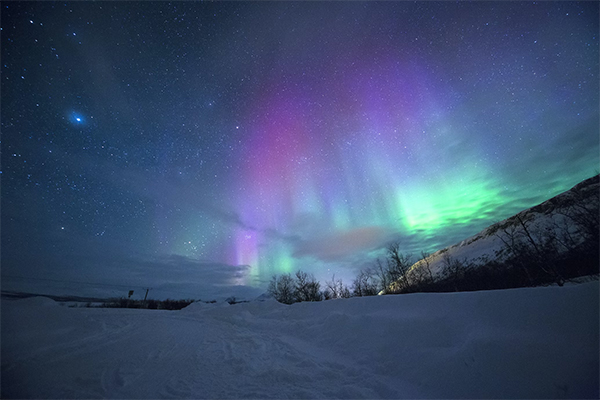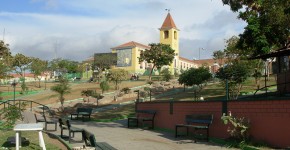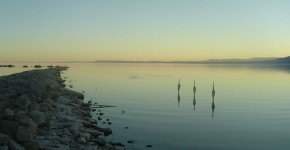The Magic of Northern Lights: Chasing Aurora Borealis
The Northern Lights, or Aurora Borealis, continue to amaze spectators. The night sky glows green, pink, and purple because to charged particles from the sun hitting with atoms in the Earth’s atmosphere. People go from Alaska’s barren areas to Norway’s snow-capped mountains to experience this beautiful sight. This article examines the Aurora Borealis, the best places to see it, and the science behind it.
The Phenomenon of Aurora Borealis
Those who are lucky enough to see the magnificent show of the Aurora Borealis, often known as the Northern Lights, are mesmerized by its ethereal dance. This magnificent natural event happens when charged particles from the sun strike atoms in the atmosphere of Earth, illuminating the night sky with a captivating light display. Viewers are left in awe as the vivid shades of green, pink, and purple swirl and twist to create a cosmic canvas. Seeking a sight of nature’s most enchanting show, the Aurora Borealis has become a pilgrimage for people from the farthest corners of Alaska to the wide vistas of Scandinavia.
The Best Places to Witness the Northern Lights
There are several breathtaking places throughout the world that provide the best viewpoints for witnessing the hypnotic Northern Lights show. One such place is Norway’s Tromsø, nestled between snow-capped mountains and fjords. It is the ideal location to witness the dancing lights in all of their splendor due to its proximity to the Arctic Circle. For those seeking a more private encounter, Fairbanks, Alaska, provides a beautiful wilderness environment. The ethereal beauty of the Aurora Borealis is enhanced by the size of Alaska’s landscape. Geothermal hot springs and Iceland’s rugged terrain make it a popular spot for passionate aurora observers to witness this celestial show.
The Science Behind the Northern Lights
Complex interactions between the Earth’s magnetic field and solar particles generate the Aurora Borealis, or Northern Lights. Charged particles from the sun are drawn to our planet and directed toward the polar regions by its magnetic field. Bright light is released by these particles upon collision with air molecules and atoms. Depending on the gas and height of the strikes, green, red, and purple are seen. This breathtaking display depicts the Earth’s magnetic field as well as the Sun-Earth interaction.
Tips for a Successful Northern Lights Adventure
Seeing the Northern Lights requires both planning and luck. First, select the appropriate season, as winter provides longer nights and higher chances of seeing the Aurora Borealis. Light vision is improved by researching the best light pollution-free areas. Because the Northern Lights are so elusive, it may take many evenings to spot them. Warm clothing, a tripod, and a manual camera ensure that this amazing phenomenon is captured in all its glory. Finally, paying attention to local weather and solar activity forecasts boosts your chances of seeing the Northern Lights.
The Aurora Borealis’ unearthly magnificence never ceases to surprise those who witness it. From Alaska’s bleak landscapes to Iceland’s rough terrain, there are many spectacular sites to witness this celestial show. Understanding the complicated links between our planet’s magnetic field and solar particles enriches the experience. With careful planning, patience, and luck, a Northern Lights expedition may be fantastic and educate you about the Sun-Earth interaction.
Photo Attribution:
1st & featured image by https://unsplash.com/photos/aurora-borealis-event-49R2b5Cg1YQ
2nd image by https://unsplash.com/photos/northern-lights-over-snow-capped-mountian-LtnPejWDSAY






